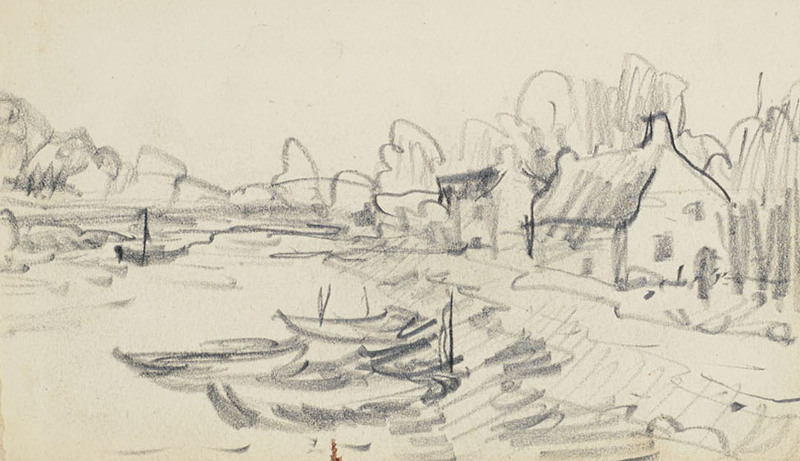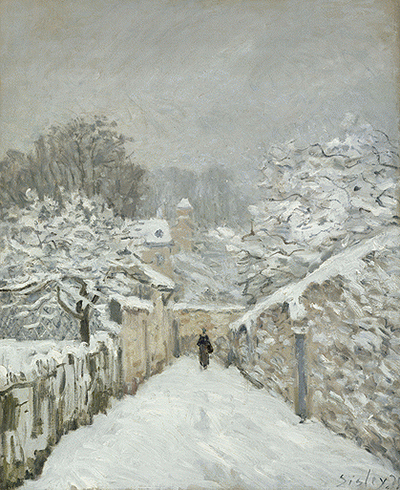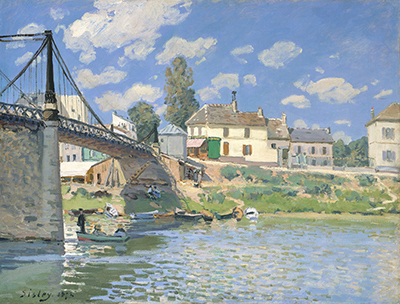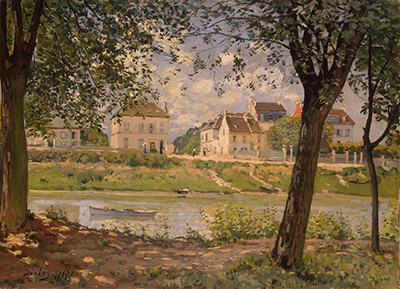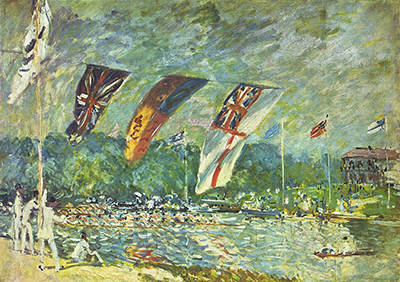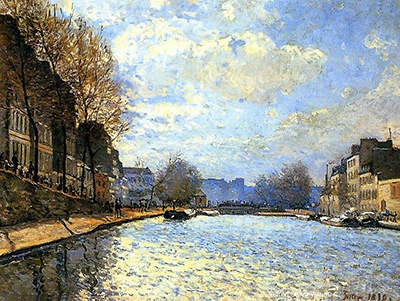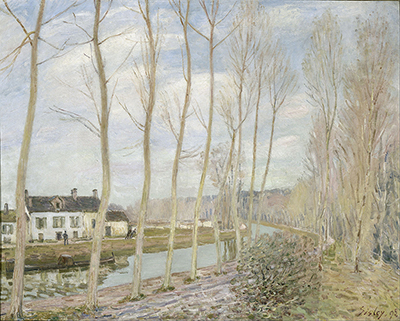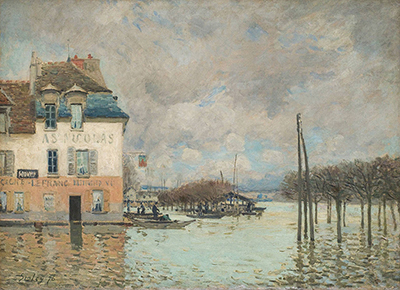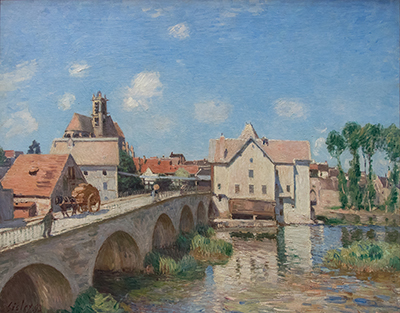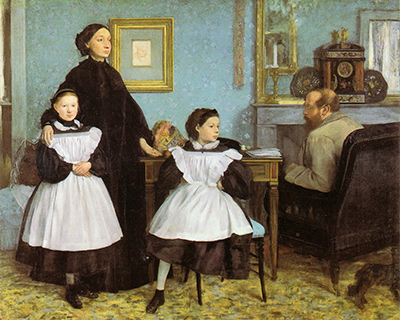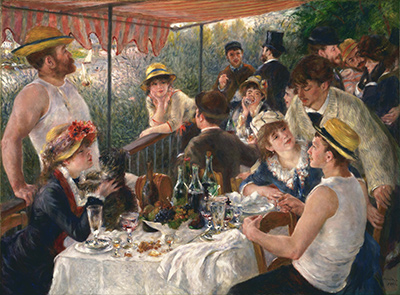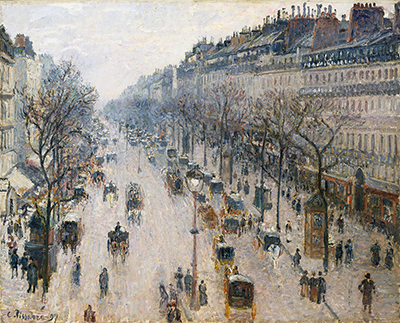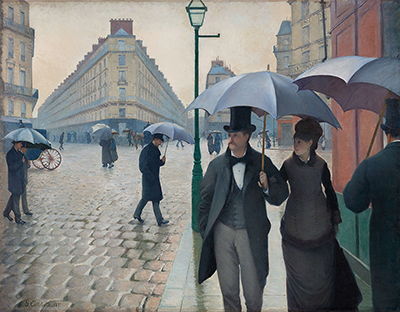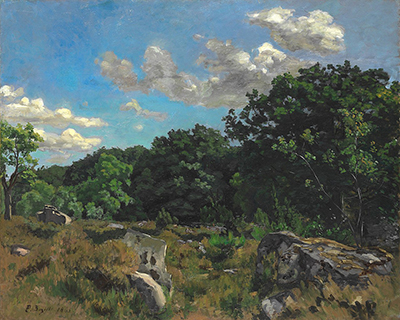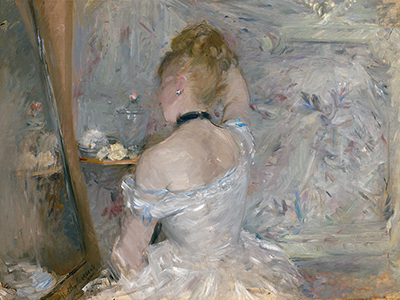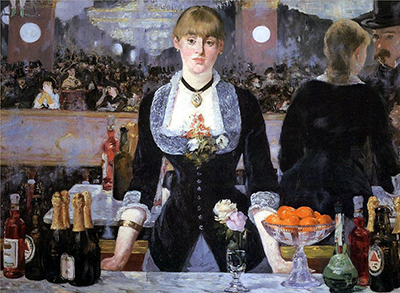Alfred Sisley was truly passionate about working en plein-air, and sketching was an important part of that process.
Introduction
Behind his impressive, well thought-out paintings was an artist who could draw. He had mastered the techniques from an early age and loved to take his notepads and sketchbooks out around France, capturing each and every scene that grabbed his attention. Many of these drawings could be developed into paintings at a later date, and this process also helped him to evolve his skills of observation.
Variety of Mediums
As more and more of the artists's career has been collated and documented, particularly across the 20th century, so we have a better understanding of Sisley's drawings. He made use of pencils, crayons, pastels and also worked with etchings too. His sketchbooks contain predominantly traditional pencil drawings, and the alternatives were there to please his artistic urges and keep his mind fresh.
Sisley's pastel work would often be near identical to his work in pencil, only with the addition of color. He liked to use thin lines and slowly build up his images. All his sketchbooks would be worked on outdoors, normally at a brisk pace and with reduced detail. He could always return to his studio and use these as a guide to more detailed artworks, just as artists might do today with photographs.
Auction and Authentication
A number of bodies have been able to collate Sisley's work and provide expertise over which items are truly from his hand. This has aided auction houses when placing drawings up for sale, with their authenticity being crucial in how each item is promoted and valued. Many of Sisley's drawings have reached impressive prices, because of the popularity of the artist and his connection to the Impressionist era, which remains amongst the most loved European art movements.
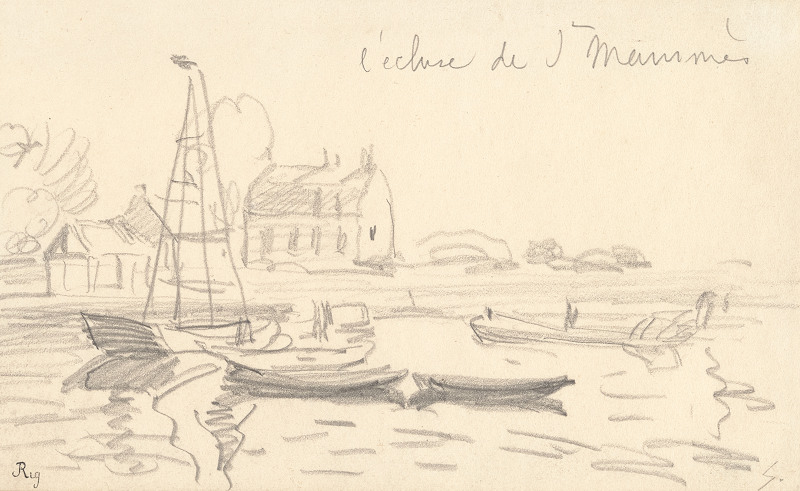 The Lock of Saint-Mammes Drawing by Alfred Sisley, Nelson-Atkins Museum of Art
The Lock of Saint-Mammes Drawing by Alfred Sisley, Nelson-Atkins Museum of Art
Use of Pastels
A number of pastel drawings by Alfred Sisley have reached the tens of thousands of Euros in recent years, and his ability within this medium is now well known. As found in the example below, Vue de Moret-sur-Loing, he appreciated the variation in tone, and how it could brighten up his work.
Pastels were also popular across the Impressionist era, with Monet and Degas enjoying the color opportunities that it brought, as opposed to standard pencils. It was also about finding new ways to challenge themselves too, and never ceasing to innovate.
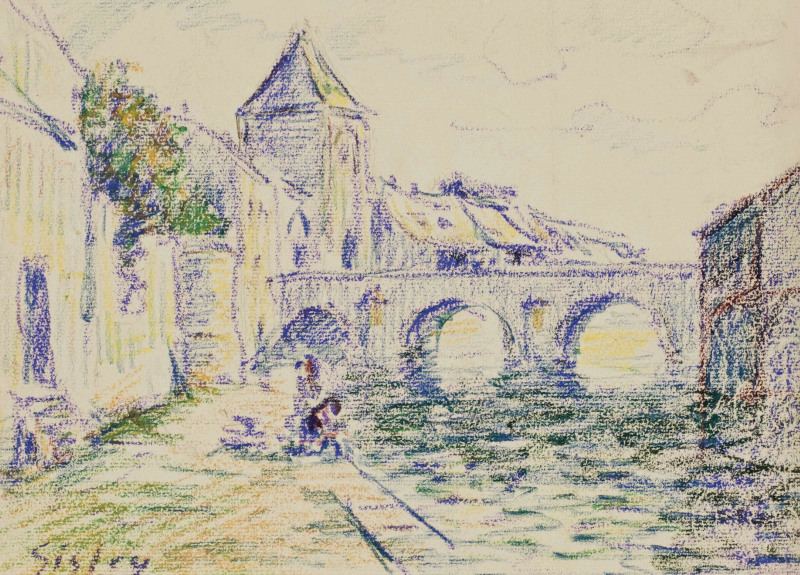 Vue de Moret-sur-Loing Alfred Sisley Pastel, Auctioned at Christie's
Vue de Moret-sur-Loing Alfred Sisley Pastel, Auctioned at Christie's
Inspiration from John Constable
The artist may have lost most of his English-roots by living and working in France but he would never forget his studies of the work of Constable, who himself was particularly popular in France. This was part of the inspiration behind Sisley's interest in the outdoors, and also encouraged him to complete sketches, just as a number of the British Romanticists had done.
Switch to Etching
Over time, Sisley became a confident sketcher and was tasked with producing etchings of the same content. He would bring these back to his studio before performing the necessary acid process which then allowed the prints to be made. Many of these etchings still exist, but the artist's main focus was always in traditional drawing and painting.
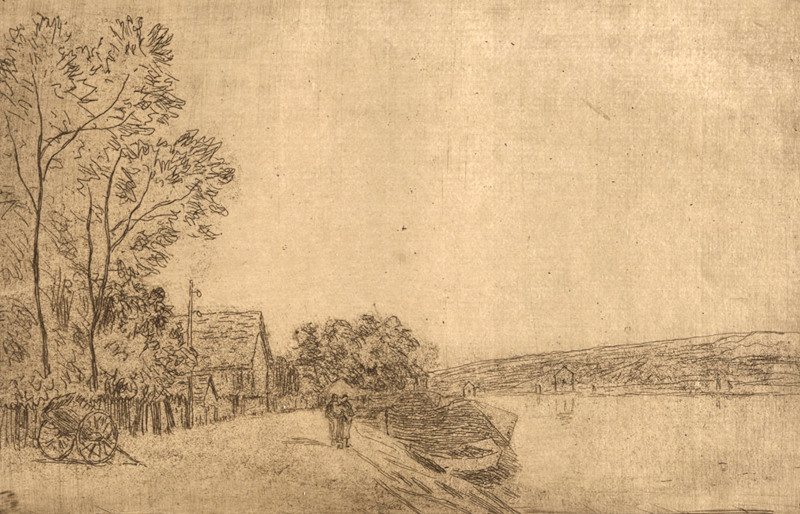 Example of an Alfred Sisley Etching, from the National Gallery of Art
Example of an Alfred Sisley Etching, from the National Gallery of Art
Conclusion
We can conclude that drawing was an important part of Sisley's artistic process. It helped him to plan out oil paintings, as well as to document different scenes whilst travelling around France. He was also able to work outdoors with very little equipment, which helped him to connect with nature and work outdoors whenever he felt inspired to do so.
More Impressionist Artists



